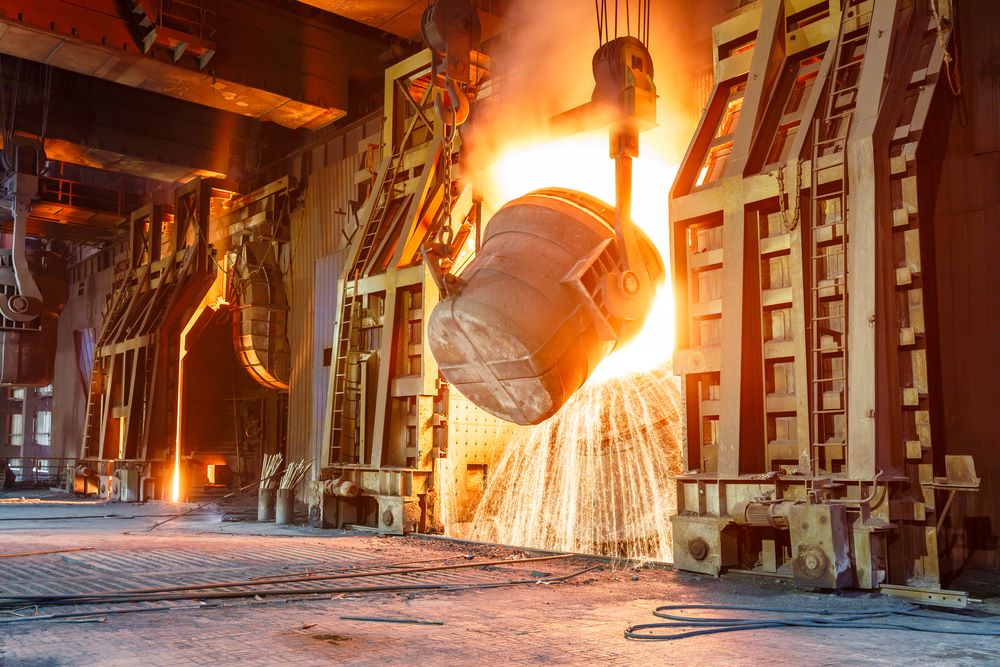A Steam Turbine Generator is an energy-generating machine. The best way to understand Steam Turbine Generators, also known as “turbo generators,” is to understand a steam turbine and a generator separately. A steam turbine Generator is a type of steam-powered engine. Water is heated to a very high temperature in order to turn it into steam. The steam turbine generator converts the mechanical energy created by highly pressurised steam into rotational energy. On the other hand, a generator is a machine that converts mechanical energy into electrical energy. The coiled wires of a generator spin inside a magnetic field, causing an electric current to flow.
When a steam turbine is connected to a generator, the result is a steam turbine generator, which produces electricity. The built-in auxiliary systems allow them to operate safely and efficiently. Steam turbine generators are used in solar thermal electric power plants, coal, geothermal, nuclear, waste incineration, and natural gas power plants. Cement, sugar, steel, paper, chemicals, and other industries use them extensively. Steam Turbine Generators are high-speed machines in general. Steam turbine power plants generate the majority of the world’s electricity.

Working principle of a Steam Turbine Generator
Water is heated in a boiler to a temperature higher than the boiler temperature before being injected into it to produce steam. The water flow rate, pumping pressure, heat transfer area of the boiler, and heat of combustion used all have an impact on steam production. Steam pipelines transport steam from the boiler to the turbine. This steam is pushed through nozzles inside the turbine to achieve the desired level of steam velocity. The high-velocity stream passes over the steam turbine rotor’s blades. The rotational movement of the turbine shaft is converted from the velocity of steam. Couplings connect the Steam Turbine shaft to the Generator. A Gear Box or Speed Reducer is sometimes used between the Steam Turbine and the Generator. The gearbox, also known as a Speed reducer, reduces the turbine shaft speed to the desired generator shaft speed. Steam Turbine Generator is made up of a casing with stationary blades inside and a rotor with moving blades around the perimeter.

Efficiency of a Steam Turbine generator
Many factors influence the efficiency of a steam generator, including the type of steam turbine, its size, the inlet steam pressure and temperature, the exhaust steam pressure and temperature, and the steam flow rate.
Conclusion
Steam turbine generators are commonly used to generate electricity from a variety of energy sources such as renewable energy, coal, oil, and gas. Steam turbines are used in power generation plants as well as in the Process industry.


